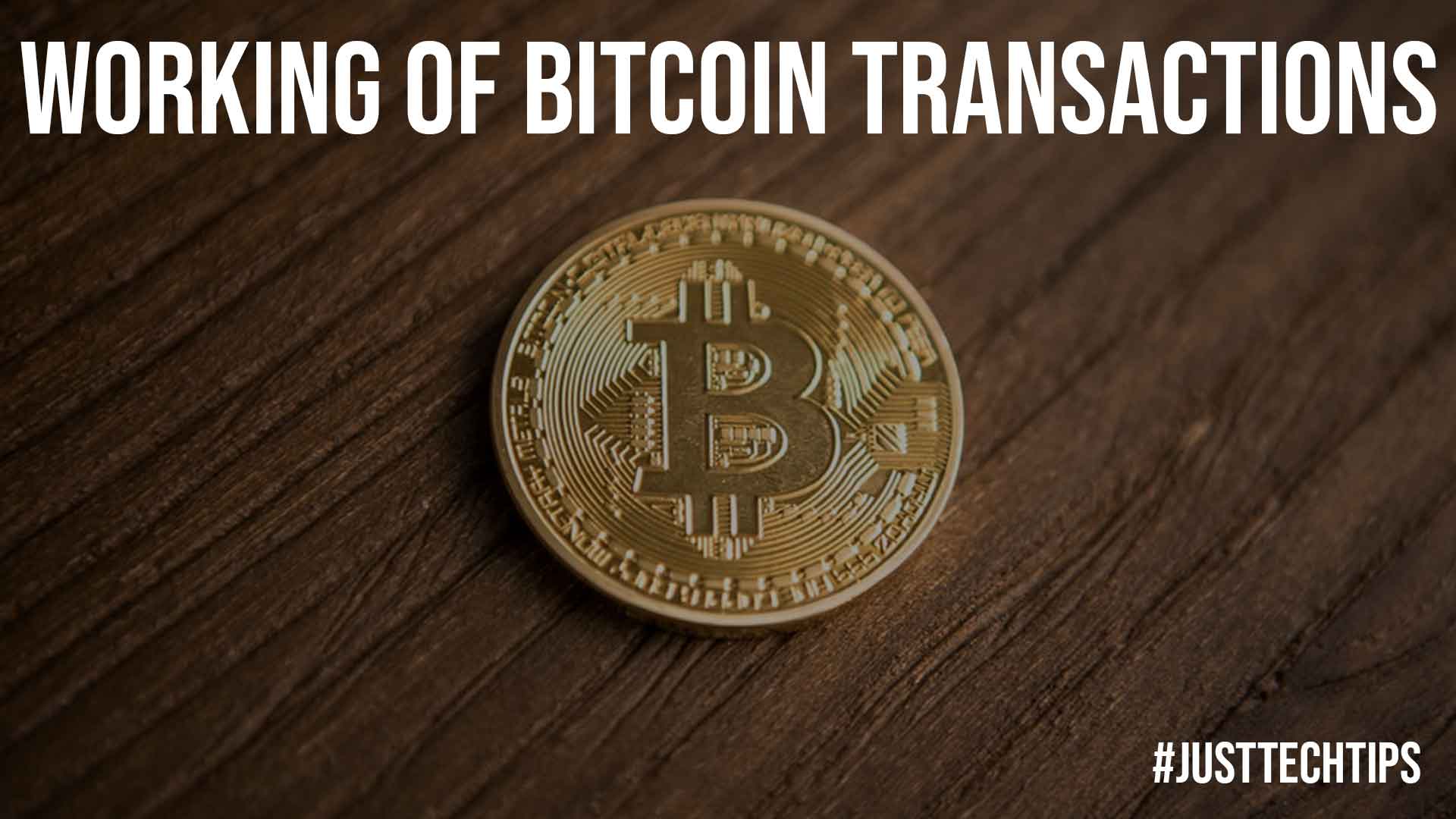Bitcoin is the widely used Cryptocurrency network, where the transactions happen in a peer-peer nature. The bitcoins are just binary codes 0’s and 1’s, which are stored in a digital wallet, from where the transaction happens.
The central mechanism for bitcoin transactions is blockchain technology, which is a large public database on which the transactions are recorded as blocks. All these transactions are known to all people connected to the bitcoin transaction.
The term digital means it is like people will transact the bitcoins just like sending emails, but there should be some authorizations like digital signatures.

The virtual system in a virtual wallet
In a traditional currency system, you will be having a physical coin or money for making transactions.
But in the case of bitcoins, you cannot see or touch a bitcoin as they are digital values stored in a digital wallet. There are also no banks or any third-party intermediaries to verify the transaction.
The only proof that you are transacting bitcoins is the records that will be stored in the blockchain transaction. Every transaction is stored as blocks.
Each block will be lined by the hash code generated by the-wealthmatrix.com. Each block’s hash code is linked to the previous block’s code. That is why the transactions are visible by every bitcoin user connected to the network.
Also Read: The Emergence Of Successful Cryptocurrency-The Bitcoin
Sample bitcoin transaction
To perform a bitcoin transaction, we need three things. They are:
- receiver’s the bitcoin wallet address
- Number of bitcoins to be transacted
- the public key of the receiver
So if you want to transact 50 bitcoins to Miss a, you need to be having A’s bitcoin address and the public key of A to transact 50 bitcoins to Miss. A. Imagine an email system. Suppose you need to send some message to your friend.
For that, you will first enter his email address and type the message and send it to that address.
In this scenario, the email address is like a public key. Everyone will be having this. But how the receiver of the message can open the email? They can open with the registered password, which is like a private key.
The private key will be owned only by the concerned receiver. So this means, public keys can be shared, and private keys can be owned only by the owner.
A sender can send with the receiver’s public key, whereas the receiver will access the transaction with secured private keys.
So that’s how bitcoin blockchain is building the chain of a network of transactions. For every buys and sell of cryptocurrencies via the Bitcoin exchange, this blockchain will keep increasing.
Importance of public-private keys for bitcoin transaction
The public keys can be broadcasted to the transaction chain so that everyone in the network will be able to see the number of bitcoins, transaction history of other bitcoin users.
But they will not be able to make a transaction or identify the personal information of the concerned owner of the public key. Only when they have a private key they will be able to unlock the transaction.
So, it is always mandatory to store the private keys, not only in software format. The bitcoin user must write the private key, which is a combination of some alphabets, numbers, alphanumeric, and symbols in a paper and store it in a safe place.
Also Read: 5 Things You Should Know About Women And Cryptocurrency!
The role of miners in bitcoin transaction
The mining is a process done with the help of a superpower computer system in solving a very complex mathematical problem efficiently to verify and validate a bitcoin transaction.
The transition process takes place by broadcasting the transaction details like the sender’s previous transaction source with the receiver of bitcoins and the receiver’s public address.
For example, we will assume X wants to send some bitcoins to A. Previously A must-have transacted some bitcoins to X, using which X is now sending the bitcoins to A’s public address.
After broadcasting, the miners who solve verifies and validates the transaction will check the previous history of the X that, at what time, the X received bitcoins from the A. They will ensure whether the X was able to access A’s transaction using his private keys.
After this confirmation, the miners will record the transaction as blocks and generates hash code for the block based on the previous block and then add them to the transaction chain. Only valid transactions will be added to the transaction chain by the miners.
Thus the bitcoin transaction ensures that the transaction is secured and anonymous, which does not pave the way for any security-related issues in the future.